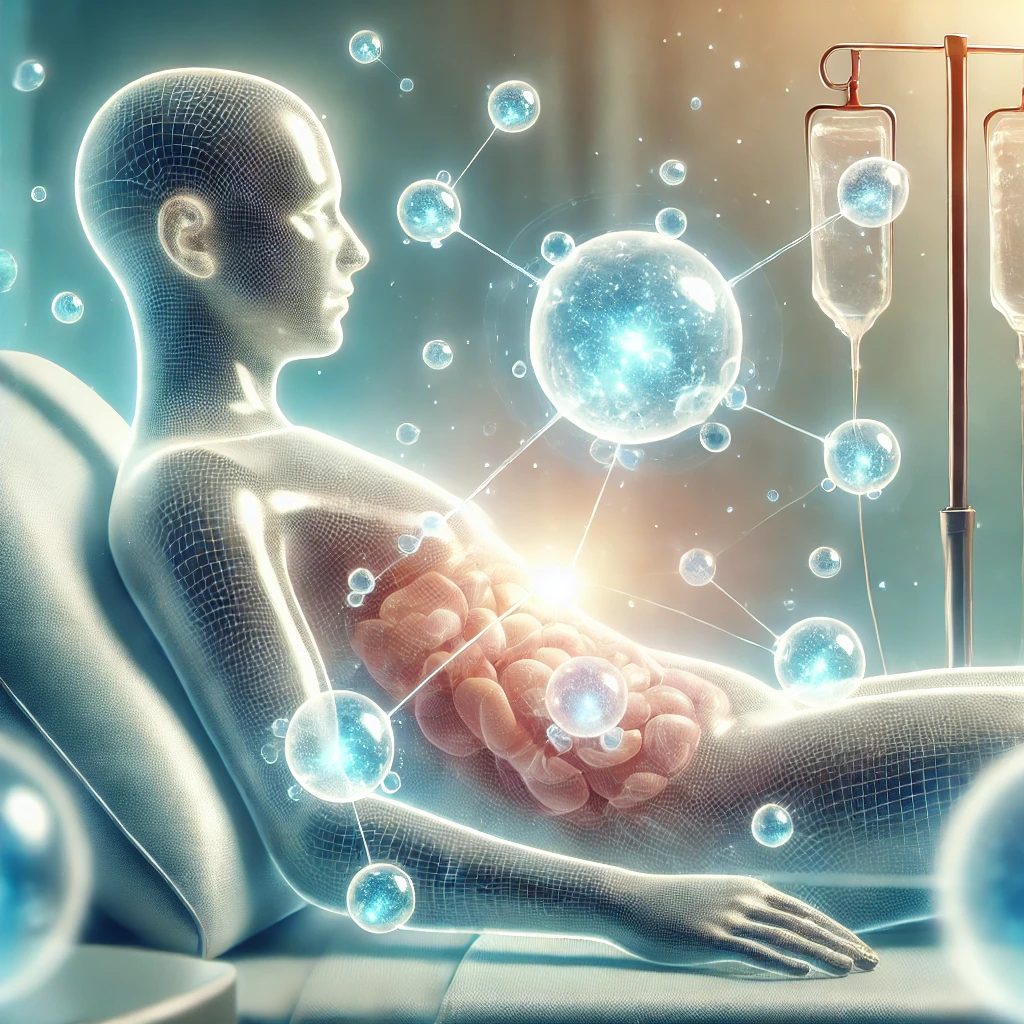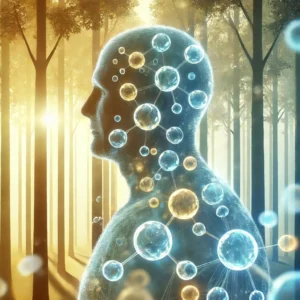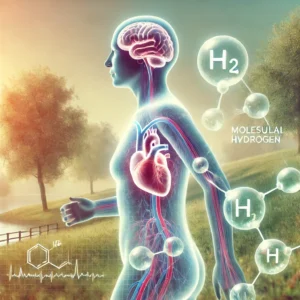It started with a whisper — a patient, mid-chemotherapy, sipping hydrogen-rich water. The treatment wasn’t new, but something unexpected happened: fewer side effects, more energy, and lab markers that surprised even their oncologist.
Fast-forward a few years, and hydrogen gas (H₂) is now being seriously studied as a complementary — and possibly direct — cancer therapy. According to a landmark review published in Frontiers in Oncology, this tiny molecule is showing big promise: shrinking tumors, protecting healthy cells, and easing the brutal toll of conventional treatment.
But how?
🔬 Less Damage, More Defense
Cancer treatments like chemo and radiation are life-saving — but they’re also blunt tools, often damaging the very body they aim to heal. Much of that damage comes from oxidative stress — an overload of reactive oxygen species (ROS) that tear through cells.
Here’s where hydrogen comes in. H₂ is a selective antioxidant that targets the most toxic radicals, like hydroxyl and peroxynitrite, without disturbing beneficial cellular processes. Unlike traditional antioxidants, it doesn’t suppress the immune system or slow healing. Instead, it:
• 💥 Protects DNA, mitochondria, and membranes
• 💓 Shields the heart and liver from chemo-related stress
• 🧬 Balances inflammation without weakening the body’s cancer-fighting capacity
And perhaps most importantly, it does this without interfering with the cancer-killing effect of treatment.
🧪 From Mice to Medicine: The Evidence Builds
In animal studies, hydrogen-rich saline helped mice survive toxic doses of cisplatin, a powerful but kidney-damaging chemo drug. It protected ovaries, kidneys, hearts — even skin — without dampening anti-tumor effects.
In human trials, patients with liver cancer who drank hydrogen-rich water during radiotherapy reported less fatigue, better quality of life, and preserved antioxidant function. Another study found that HRW prevented liver damage from chemotherapy in colorectal cancer patients — a simple intervention with remarkable results.
Even more surprising? In some studies, hydrogen gas shrunk tumors on its own, including lung, ovarian, and glioblastoma models. Researchers observed cell cycle arrest, apoptosis (cell death), and reduced tumor stemness, suggesting H₂ may be more than just supportive — it might be therapeutic.
🛡️ Two Stories, One Molecule
Let’s imagine two patients.
Anna, 42, is starting chemotherapy for breast cancer. The fatigue scares her more than the nausea. She adds hydrogen-rich water to her daily routine. Weeks in, her energy is better than expected. Bloodwork confirms it — less oxidative damage, lower inflammation, and no drop in immune function. She’s coping. She’s healing.
Jonas, 58, has advanced liver cancer. He joins a clinical study inhaling hydrogen gas for 60 minutes a day. His tumor markers don’t spike. His weight stabilizes. His pain reduces. His doctors are cautiously optimistic. It’s not a cure — but it’s something powerful.
These aren’t fantasies — they’re grounded in the case studies and trials now unfolding around the world.
🤝 Not a Replacement, But a Revolution
Hydrogen isn’t an alternative to cancer treatment. It’s a partner — one that can make treatment safer, more effective, and more tolerable. Its unique ability to shield healthy cells while letting therapies hit tumors is what sets it apart.
And because H₂ is non-toxic, easy to administer, and inexpensive, it offers a rare combination: science-backed, accessible, and ready for real-world use.
📘 Citation:
Li S. et al. (2019). Hydrogen Gas in Cancer Treatment. Frontiers in Oncology, 9:696. https://doi.org/10.3389/fonc.2019.00696





